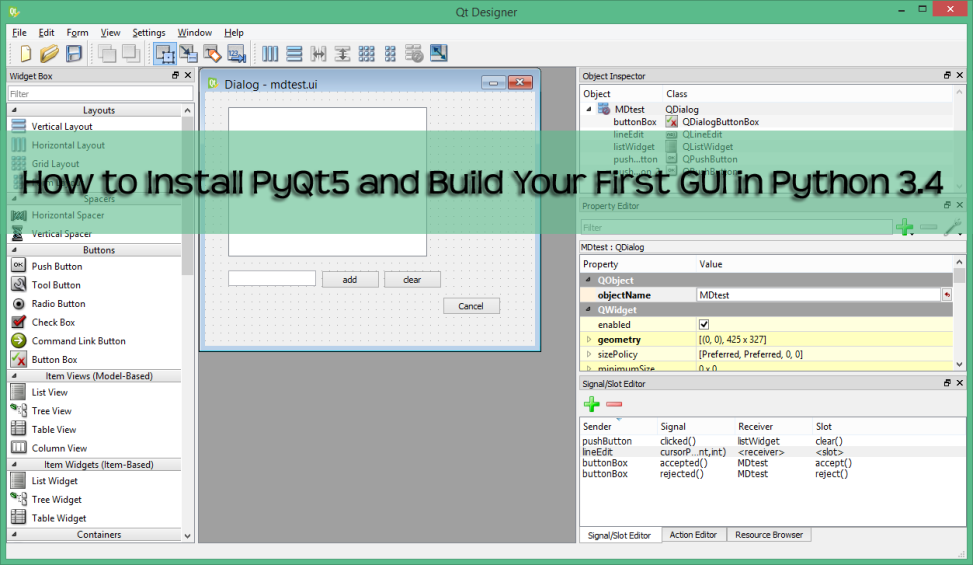Sys Module Python Download For Mac
Modules, Packages, and all that One of the key features of Python is that the actual core language is fairly small. This is an intentional design feature to maintain simplicity. Much of the powerful functionality comes through external modules and packages. The main work of installation so far has been to supplement the core Python with useful modules for science analysis. Module A is simply a file containing Python definitions, functions, and statements. Putting code into modules is useful because of the ability to the module functionality into your script or IPython session, for instance. Import astropy import astropy.table data = astropy.
Read ( 'my_table.fits' ) You’ll see import in virtually every Python script and soon it will be second nature. Question: Importing modules and putting the module name in front is such a bother, why do I need to do this? Answer: It keeps everything modular and separate. For instance many modules have a read() function since this is a common thing to do. Without using the.(.) syntax there would be no way to know which one to call. From astropy.table import * data = Table ( 'my_table.fits' ) A general rule of thumb is that from import * is OK for interactive analysis within IPython but you should avoid using it within scripts. Package A is just a way of collecting related modules together within a single tree-like hierarchy.

Very complex packages like or have hundreds of individual modules so putting them into a directory-like structure keeps things organized and avoids name collisions. For example here is a partial list of sub-packages available within scipy.fftpack Discrete Fourier Transform algorithms scipy.stats Statistical Functions scipy.lib Python wrappers to external libraries scipy.lib.blas Wrappers to BLAS library scipy.lib.lapack Wrappers to LAPACK library scipy.integrate Integration routines scipy.linalg Linear algebra routines scipy.sparse.linalg Sparse Linear Algebra scipy.sparse.linalg.eigen Sparse Eigenvalue Solvers scipy.sparse.linalg.eigen.arpack Eigenvalue solver using iterative methods. • If supplied with a package name then it will query the PyPI site to find out about that package.

Assuming the package is there then pip install will automatically download and install the package. • Will accept a local tar file (assuming it contains an installable Python package) or a URL pointing to a tar file. • Can install in the user package area via pip install --user (but see discussion further down) python setup.py install Some packages may fail to install via pip install. Most often there will be some obvious (or not) error message about compilation or missing dependency. In this case the likely next step is to download the installation tar file and untar it. Go into the package directory and look for files like.
Virtual drive daemon download for mac. It also enables to store almost any image.
Python Download For Mac
WITHOUT --user If you use Anaconda or a non-root Python installation then there is no issue with permissions on any platform since the entire installation is local to a directory you own. However, installing to a system-wide Python installation will require root or admin privilege. Installing this way has the benefit of making the package available for all users of the Python installation, but has the downside that it is more difficult to back out changes if required.
There is no way to refresh a connection while a device remains plugged in. Music was also not present at all the first time the device was connected, and we had to disconnect and reconnect before it showed up. Cons Incomplete recognition: Although a People category was created when we connected an iPhone through the app, no Contacts were imported. Inadequate Help: The Help link only takes you to a FAQs page with about nine general entries. If you're looking for something along the lines of a Quick Start Guide, or if the problem you're having doesn't fit into one of the included categories, you're out of luck. Irip for mac torrent.
Music Download For Mac
The way I found it was by searching for the string 'platform' throughout the Python directory (using TextMate), as I've used e.g. Sys.platform before from the sys module. Something similar can be done with grep and xargs. The path list contains a list of directory names where Python looks for extension modules (Python source modules, compiled modules, or binary extensions). When you start Python, this list is initialized from a mixture of built-in rules, the contents of the PYTHONPATH environment variable, and the registry contents (on Windows). The “prefix scheme” is useful when you wish to use one Python installation to perform the build/install (i.e., to run the setup script), but install modules into the third-party module directory of a different Python installation (or something that looks like a different Python installation).